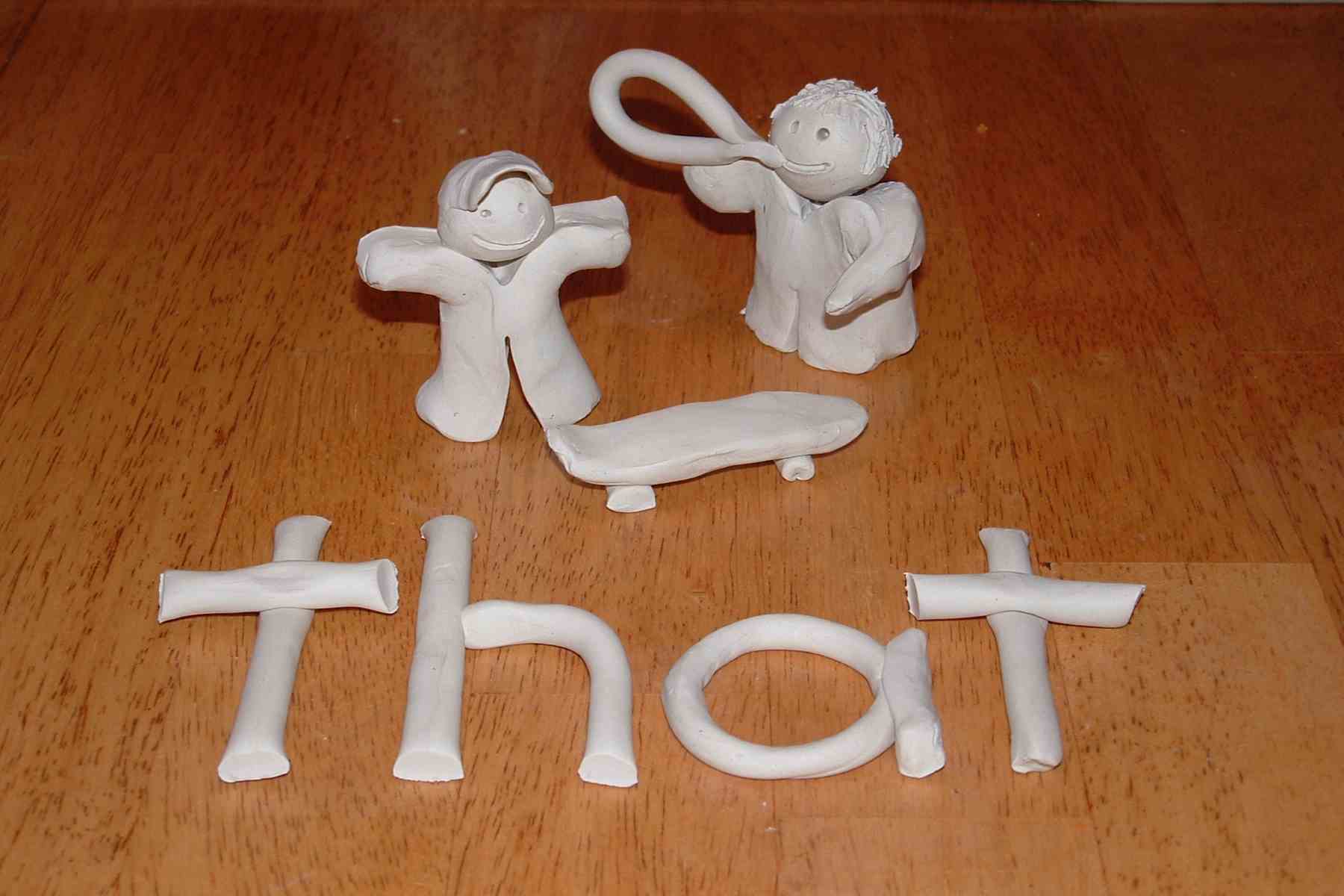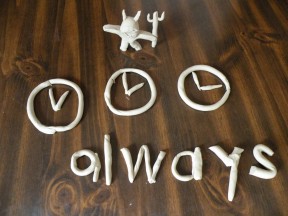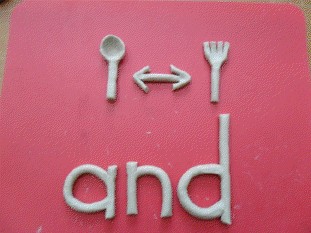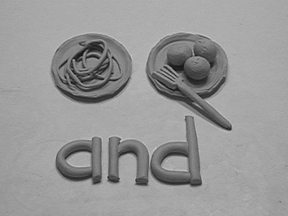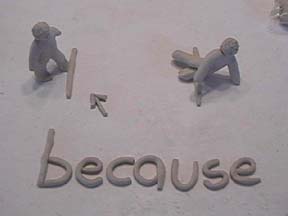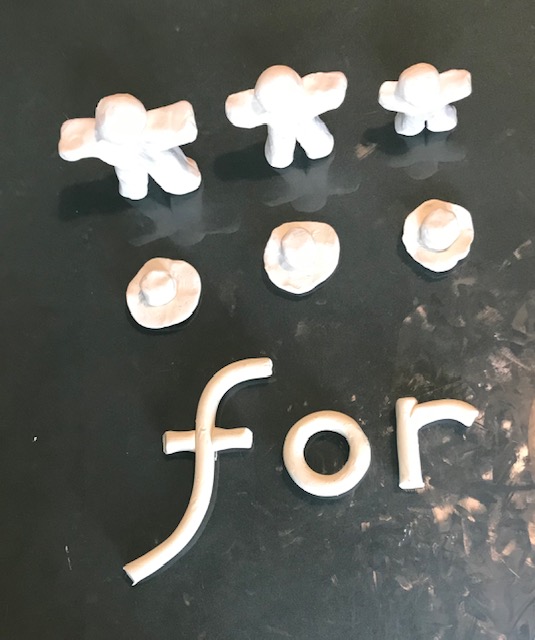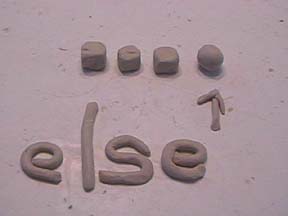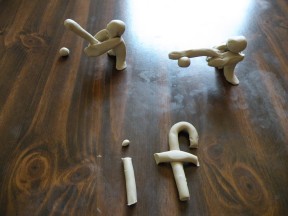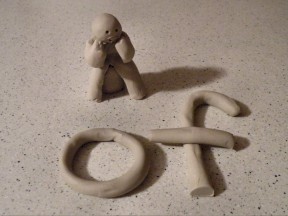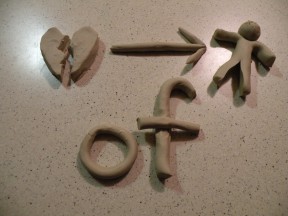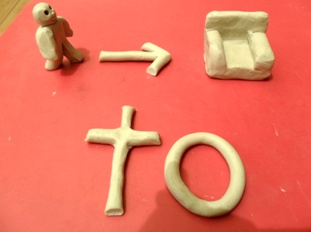These words explain or support logical relationships. They are important for reasoning and drawing inferences.

always: at all times 
and: also; in addition; as well as 
and: also; in addition; as well as 
for the reason that 
for: as compared with – there is one hat for each sibling 
not the same; different or other 
in case that; supposing that 
resulting from 
resulting from 
the second of two choices or possibilities 
in the direction of 
for what reason, cause, or purpose
